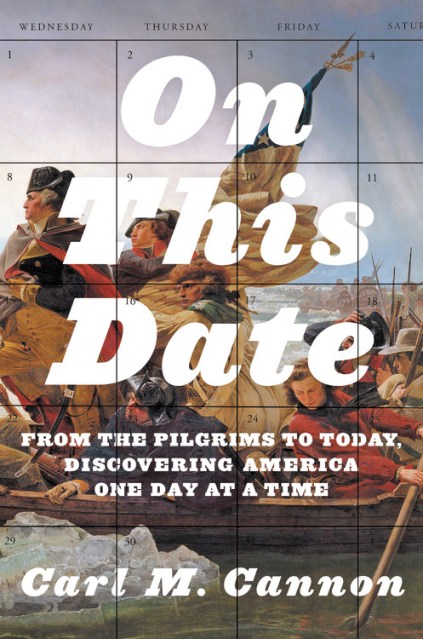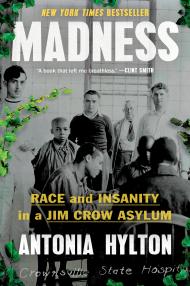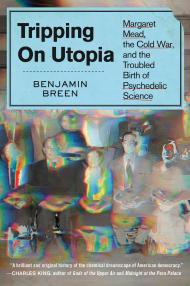On This Date
From the Pilgrims to Today, Discovering America One Day at a Time
Contributors
Formats and Prices
Price
$28.00Price
$36.50 CADFormat
Format:
- Hardcover $28.00 $36.50 CAD
- ebook $13.99 $17.99 CAD
- Audiobook Download (Unabridged)
This item is a preorder. Your payment method will be charged immediately, and the product is expected to ship on or around July 18, 2017. This date is subject to change due to shipping delays beyond our control.
Also available from:
Forget what you were taught in seventh grade-this riveting book takes readers down American history’s back alleys and side streets.
From the arrival of the Mayflower through the 2016 election, On This Date explores five hundred years of American history, revealing a compelling tale for each day in the calendar year.
Drawing from Carl M. Cannon’s popular RealClearPolitics’ “Morning Note,” On This Date is focused on fascinating — and sometimes unknown — stories behind specific dates in U.S. history: What inspired Abraham Lincoln to grow his famous beard, what Dwight Eisenhower really thought about playing football against the great Jim Thorpe, the legal grounds for the first American divorce, who wrote “Rudolph, the Red-Nosed Reindeer” — and who profited from it.
Colorful yet authoritative, On This Date debunks some popular myths and celebrates America’s forgotten heroes.
From the arrival of the Mayflower through the 2016 election, On This Date explores five hundred years of American history, revealing a compelling tale for each day in the calendar year.
Drawing from Carl M. Cannon’s popular RealClearPolitics’ “Morning Note,” On This Date is focused on fascinating — and sometimes unknown — stories behind specific dates in U.S. history: What inspired Abraham Lincoln to grow his famous beard, what Dwight Eisenhower really thought about playing football against the great Jim Thorpe, the legal grounds for the first American divorce, who wrote “Rudolph, the Red-Nosed Reindeer” — and who profited from it.
Colorful yet authoritative, On This Date debunks some popular myths and celebrates America’s forgotten heroes.
Genre:
- On Sale
- Jul 18, 2017
- Page Count
- 448 pages
- Publisher
- Twelve
- ISBN-13
- 9781455542307
Newsletter Signup
By clicking ‘Sign Up,’ I acknowledge that I have read and agree to Hachette Book Group’s Privacy Policy and Terms of Use







